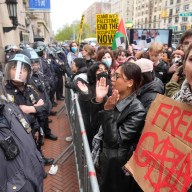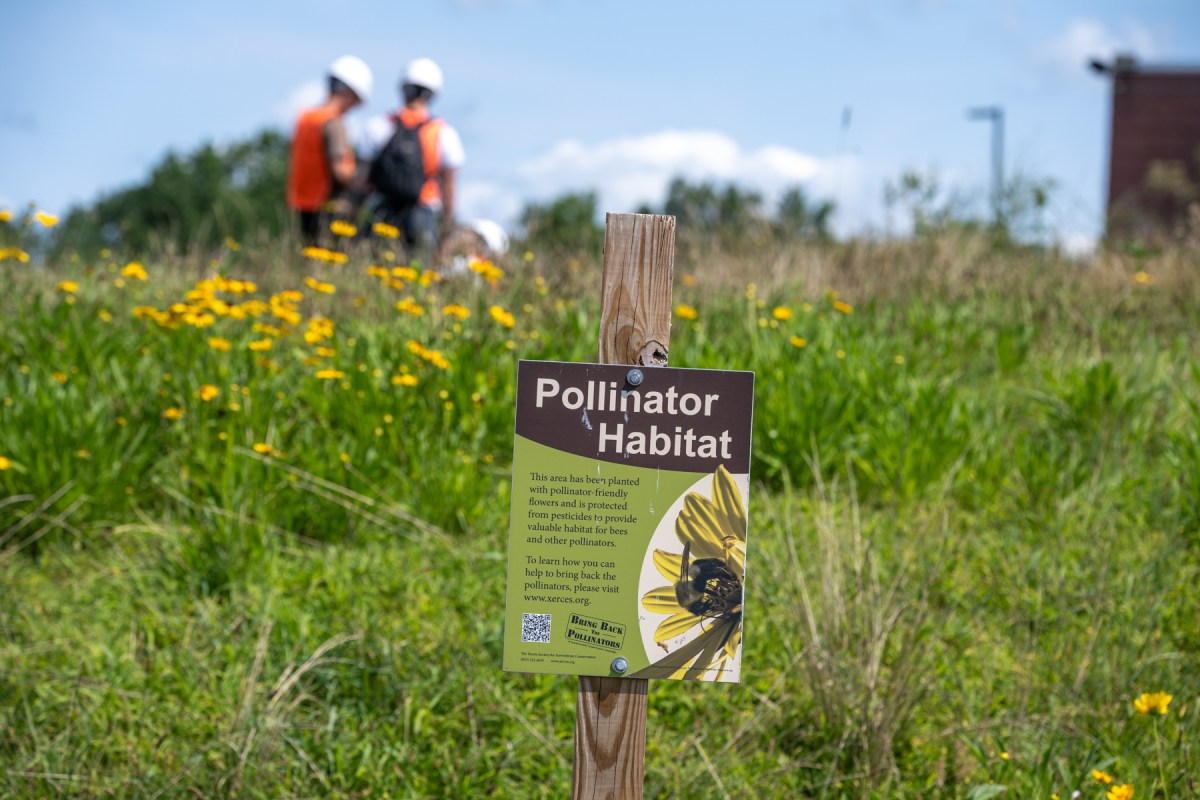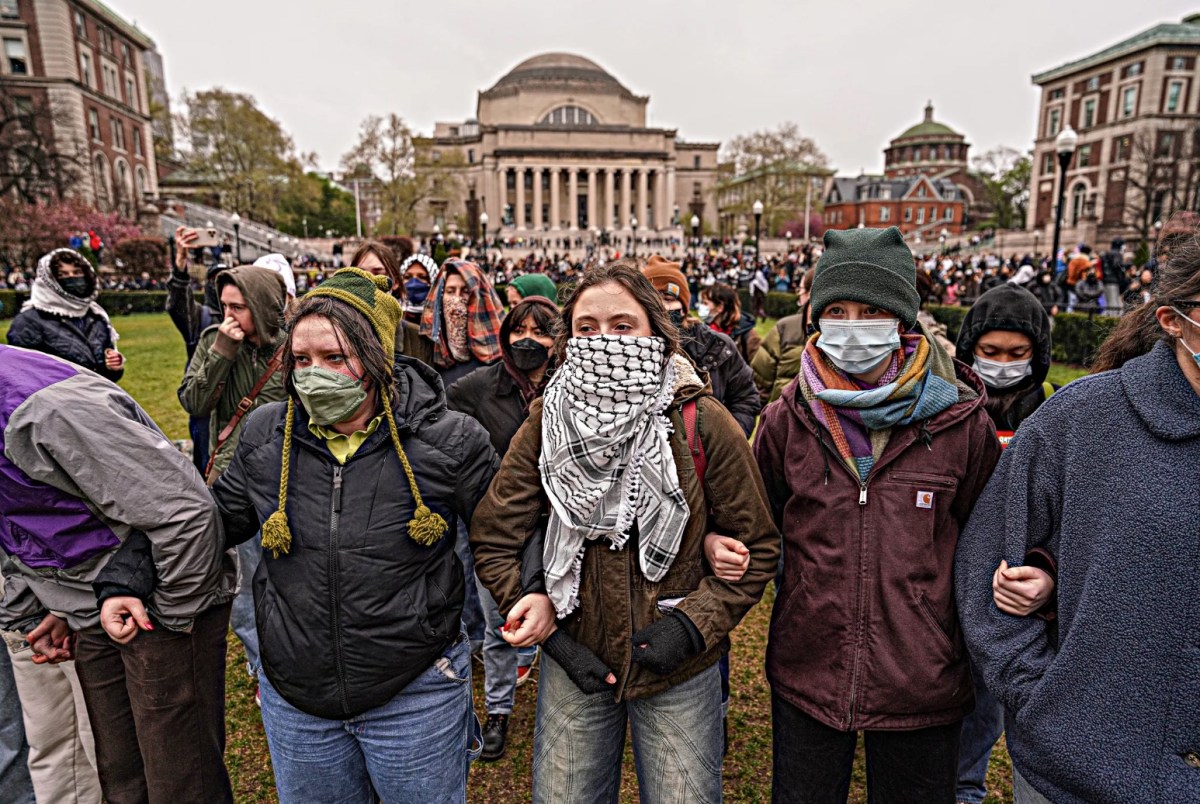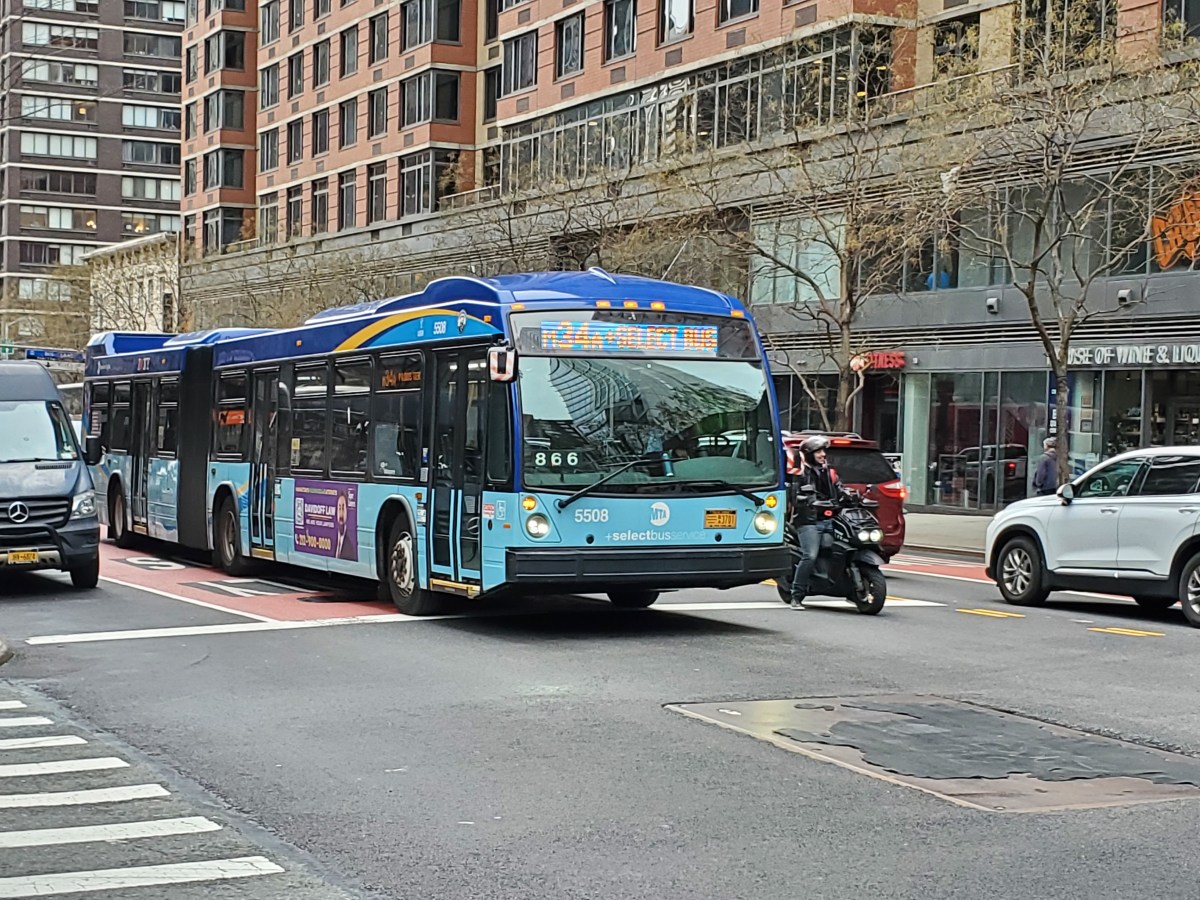Scattered across the city, you’ll find 15,000 emergency call boxes. But the rusty, red towers and worn-down ornate units with paint peeling off the sides typically go unnoticed by passersby.
Rachel Stone, 22, works around Union Square and passes the call boxes on her way to and from work each day, but when asked if she had ever noticed one before she replied, “Nope.”
The call buttons blend into the cityscape seamlessly; tucked between traffic lights and lamp posts on the bustling sidewalks as just another addition to the blur of daily life. With a closer look, they appear more so like a glimpse into the past, than a present-day way to report an emergency.
But their intended purpose is just that, a direct line to the police or fire department with merely the click of a button. Once you notice one, you notice them all. While you can find the emergency boxes in all shapes and sizes — some adorned with little red torches on top or an orange lightbulb, others with only a handle to pull and nothing else — the most recent version comes with two buttons, one for the fire department and one for the police.
The buttons on the call boxes, installed in 1973, are covered with a metal flap in a failed attempt to discourage accidental calls and pranksters. In 2001 the fire department reported 51,544 false alarms, just a fraction of the in 262,998 reported in 1977, according to the New York Times. As of 2015, only 2.6 percent of all emergency calls came from these boxes, and of that, almost 90 percent are false alarms, according to the New York Post.
“I have no idea if they work but hopefully yes,” Stone said. “Though, it wouldn’t be my first thought to use these, maybe if someone cornered me or tried to mug me.” Stone’s co-worker, Carson Brown, 22, adds, “If I ever felt unsafe enough, I’d push the button as I run past it in search of safety.” But here’s the catch—in order for authorities to arrive, you have to stick around long enough to answer the operator on the other end. So why keep the boxes around? In a world of smartphones, the emergency fixtures have become just that, a fixture. Brown disagrees, “I’m suspicious of a world in which I am dependent on a phone that with each update gets more and more prone to dying while I’m away from home,” she said.
Both Mayor Giuliani and Mayor Bloomberg have tried to rid the city of the emergency units but not only have the removal attempts received backlash, a federal judge shut down Mayor Bloomberg in 2011, refusing to allow the administration to eliminate the boxes, according to the New York Times, because doing so would discriminate against the deaf and hearing-impaired. For those who are deaf and hard of hearing, the boxes provide an easy way to report an emergency using the FDNY’s tapping protocol. A single tap for the police, a double tap for the fire department.
And while Mayor Bloomberg proposed the same tapping protocol could be used on a public pay phone, Judge Robert W. Sweet said it was not enough because the number of payphones had substantially declined and “the tapping protocol had not been tested with the pay-phone system,” according to The New York Times. However, when there was an emergency box outage on Jan. 14, 2014, NYC Emergency Management encouraged those who were deaf or hearing-impaired to use the tapping method with a landline or payphone.
Deaf ppl, use 911 Tapping Protocol: dial 911 on landline, wait 4 secs, then repeatedly single-tap for NYPD, double-tap for FDNY. #alert
— NYCEM – Notify NYC (@NotifyNYC) January 14, 2014
Even so, the faded red fixtures don’t appear to be going anywhere anytime soon, and neither Brown nor Stone think they should.
“They should be updated and advertised on public transportation,” Brown said. “The emergency lights remind me of blue lights on college campuses. There’s a feeling of safety of walking home late at night and keeping your eye trained on a blue glow that means you’re not alone.”


















